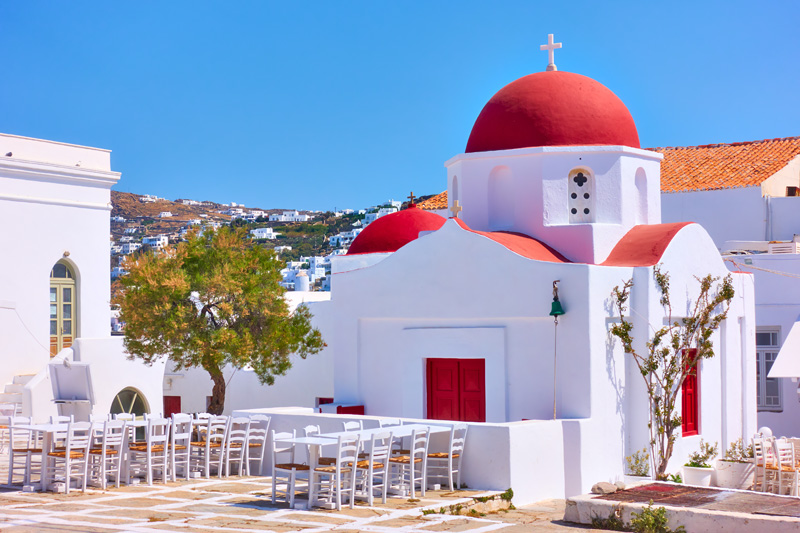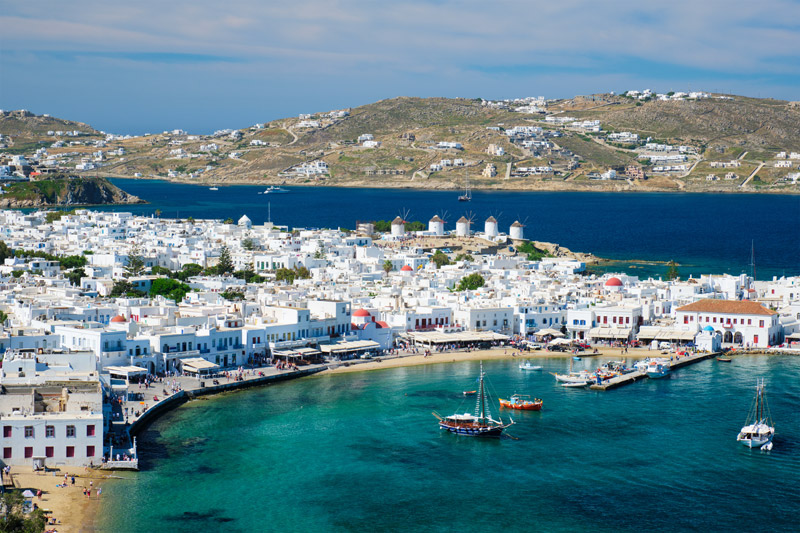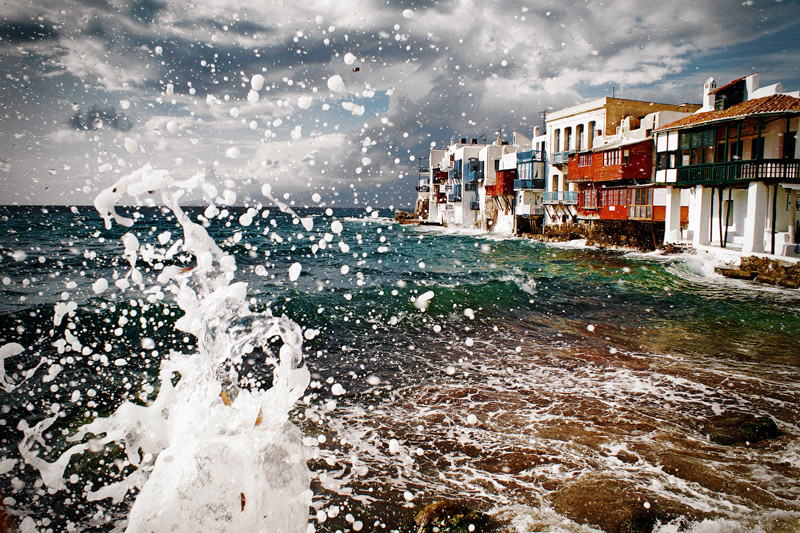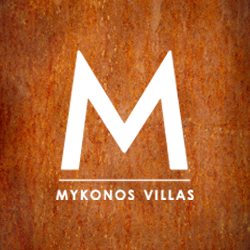Most travelers believe that there is no better time to visit the Greek islands than in the summertime. This is mostly true as the sea is incredibly blue and the sun shines every day, and the beautiful, golden beaches get full of happy people who spend long hours sunbathing, swimming, or dancing at some of the funkiest beach-bars of the Mediterranean, having the time of their lives. Yes, there are no better summer holidays than those spent on an amazing Greek island like Mykonos!
Except if you plan to visit Greece during Easter. With the “real” summer usually starting about a month later (the exact dates vary, as the orthodox Easter is a mobile feast), the sea will already be incredibly blue, and the sun will be shining every day, and the beautiful, golden beaches will be opening to welcome the first dedicated swimmers. It may be a little bit chilly after sundown, and there is no way to totally exclude the possibility of some light rain — but normally the weather will be great and the surrounding nature will dazzle you with its rich flora, that will eventually surrender to the summer dryness.
Most of all, Greek Easter is a one-week mystery tour around the march of Jesus through His tortures, crucifixion, and resurrection. To be precise, Greek Orthodox Easter is the most important celebration in the church’s calendar. The festivities start 40 days before Easter Sunday, on the first Saturday after Clean Monday. Priests from Panagia Tourliani Monastery in Ano Mera, in the island’s mainland, carry a holy icon from the Monastery on a 8km walk to Chora, the main town of Mykonos. Children accompany the ritual holding wreaths made from palm leaves. Five weeks later, on Lazarus Saturday, the icon is carried back to Ano Mera and on that day the local bakeries throughout Mykonos prepare prepare lazarakia, a dough model representing Lazarus who raised from the grave, with his eyes made from gillyflowers, sugar and raisins. They also bake the lambrokouloures, a sweet local bread adorned with red eggs, that symbolize the blood of Christ. As the Holy Week continues, the bakeries produce more special bread, as food is a very important part of the celebrations.
On Good Friday —which is usually and oddly a rather cloudy day— Mykonos turns solemn, as women beautifully decorate the grave of Jesus with flowers. Late in the evening, this “epitaph” is carried through the villages with worshippers following and chanting, holding lit candles. On the night of Holy Saturday the mood radically changes and locals gather outside the churches just before midnight to celebrate the resurrection of Christ in an unforgettable ceremony. Then, people return to their homes carrying candles to enjoy a traditional meal, featuring a soup called mageiritsa made from vegetables and the boiled parts of a lamb. The night usually ends with a big, long party!
Easter Sunday is an extraordinary display of the Greek hospitality, as family members feast and celebrate with their loved ones. A lamb is roasted on a spit over a barbecue, together with a variety of amazing delicacies including salads, kopanisti spicy cheese, potatoes and Mykonian sausages, together with the famous red eggs.
Blending the traditional with the contemporary, the Greek Easter on the islands is a most exciting experience that will grant you an unforgettable stay!







